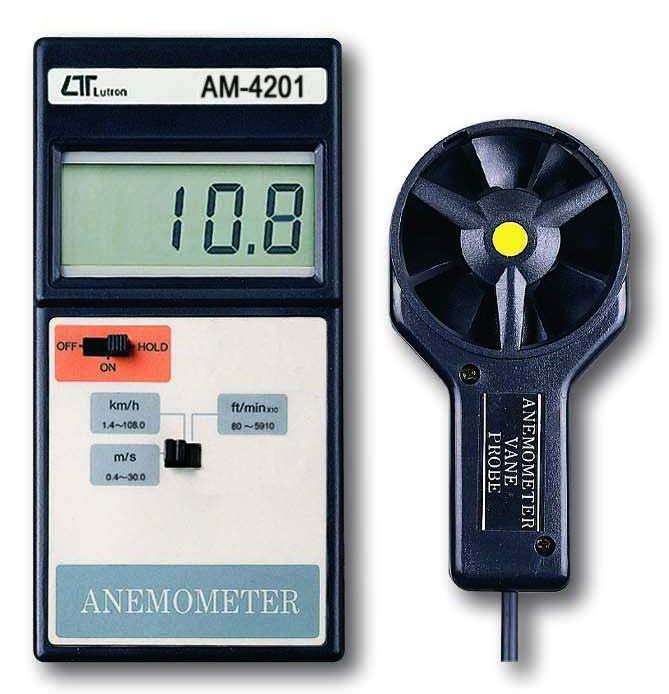Anemometers Unveiled: Comprehending Their Importance in Ecological Tracking and Precaution
The function of anemometers in ecological monitoring and security actions is typically undervalued, yet their significance is undeniable. From meteorology to aeronautics safety, anemometers play an essential role in supplying precise information that informs decision-making procedures and improves overall security.
Background of Anemometers
The development of anemometers can be traced back to the ancient human beings where primary wind gauging tools were very first utilized. These very early wind measurement tools laid the foundation for the development of a lot more sophisticated anemometers gradually. Among the earliest well-known anemometers was the hemispherical mug anemometer created by Leon Battista Alberti in the 15th century. This style contained four hemispherical cups that collected wind energy, giving a measurement of its intensity based upon the speed of rotation.
In the 18th century, the distinguished researcher John Thomas Romney Robinson introduced the Robinson anemometer, which featured 4 hemispherical mugs installed on straight arms that expanded from a main axis. This layout became a criterion in meteorological dimensions due to its precision and dependability. For many years, advancements in innovation led to the advancement of more modern-day anemometers, including ultrasonic anemometers and laser Doppler anemometers, offering boosted accuracy and efficiency in gauging wind rate and direction. The background of anemometers showcases an exceptional journey of innovation and development in the area of weather forecasting.
Sorts Of Anemometers
Throughout the area of weather forecasting, different kinds of anemometers have been established to accurately determine wind rate and instructions. Sonic anemometers use ultrasonic signals to measure wind speed and instructions precisely. Hot-wire anemometers operate based on the concept that the cooling effect of wind on a warmed wire is symmetrical to the wind rate.
Applications in Meteorology
Having actually gone over the various sorts of anemometers used in weather forecasting for determining wind speed and instructions, it is vital to discover their useful applications in the area. Anemometers play a vital function in meteorology by supplying real-time and accurate data on wind conditions (anemometer). Meteorologists utilize anemometers to keep an eye on wind speed and instructions to forecast climate patterns, issue cautions for serious weather occasions like storms, twisters, and storms, and evaluate weather for air travel safety
In weather forecasting, anemometers aid in recognizing local and regional wind patterns, which are vital for anticipating weather adjustments and establishing climatic trends. These gadgets are also utilized in research to study microclimates, metropolitan warm islands, and air contamination diffusion. In addition, anemometers are used in farming to enhance crop administration techniques, such as irrigation and chemical application, based on wind problems.
Relevance in Air Travel Security
An essential aspect of making certain air travel security hinges on the thorough monitoring of wind problems using anemometers. Anemometers play an important duty in air travel by offering real-time data on wind rate and direction, helping pilots in making informed choices during liftoff, trip, and touchdown. Unforeseeable and strong winds can dramatically impact airplane procedures, making it vital for aviation authorities to depend on accurate wind dimensions to make sure the safety and security of guests and crew.

In the dynamic atmosphere of aeronautics, where even small modifications in wind rate and direction can have profound impacts, anemometers stand as about his crucial tools for promoting risk-free and safe flight.
Role in Environmental Research
Anemometers play a critical role in environmental study by supplying essential information on wind rate and direction. By precisely gauging wind features, anemometers help scientists analyze the motion of contaminants in the air, evaluate the impact of industrial exhausts, and anticipate the spread of contaminants in the setting.


Conclusion
In final thought, anemometers have actually played an important role in ecological surveillance and safety measures. With a rich background and numerous kinds readily available, these devices have actually been widely utilized in meteorology, air travel security, and ecological research study. Understanding the value of anemometers is important for properly gauging wind rate and instructions, which is vital for predicting weather condition patterns, guaranteeing secure air travel procedures, and conducting environmental studies - anemometer. Their payments to these fields can not be ignored. click over here
One of the earliest well-known anemometers was the hemispherical mug anemometer created by Leon Battista Alberti in the 15th century. Over the years, advancements in innovation led to the development of more modern anemometers, consisting of ultrasonic anemometers and laser Doppler anemometers, providing enhanced accuracy and performance in determining wind rate and instructions. Hot-wire anemometers operate based on the principle that the cooling result of wind on a warmed cord is proportional to the wind rate. Meteorologists make use of anemometers to keep an eye on wind speed and instructions to forecast climate patterns, issue cautions for serious weather condition occasions like hurricanes, storms, and hurricanes, and analyze climatic conditions for aeronautics safety.
Understanding the relevance of anemometers is crucial for properly measuring wind speed and instructions, which is important for predicting weather patterns, making certain risk-free aeronautics procedures, and performing ecological researches. (anemometer)